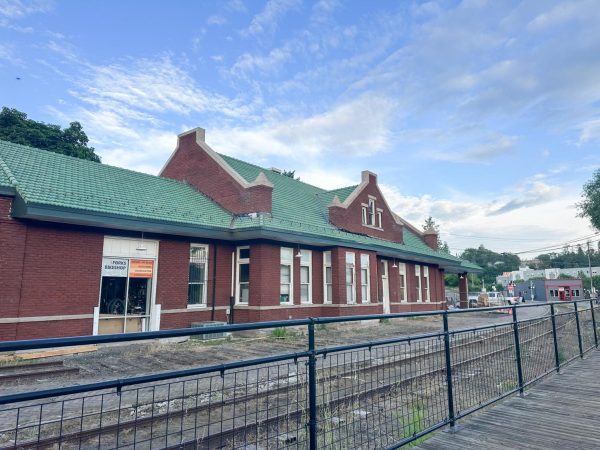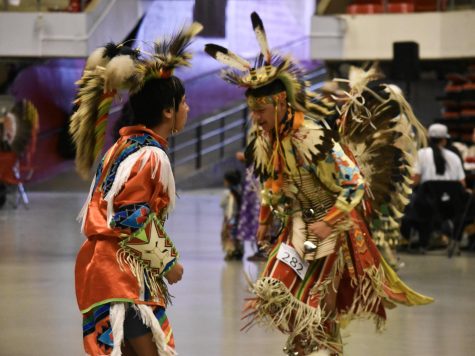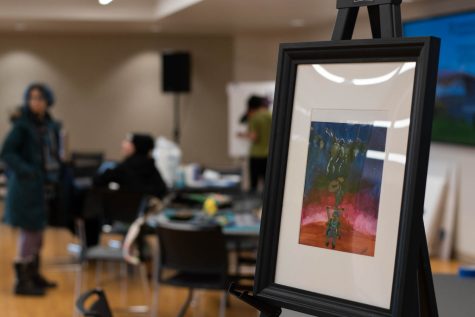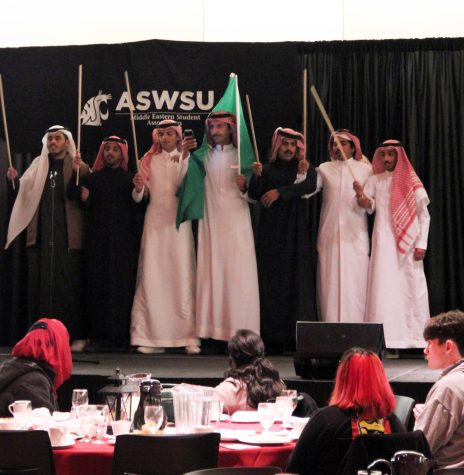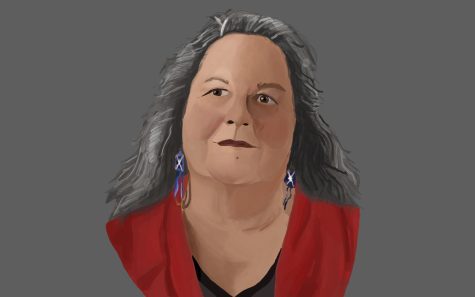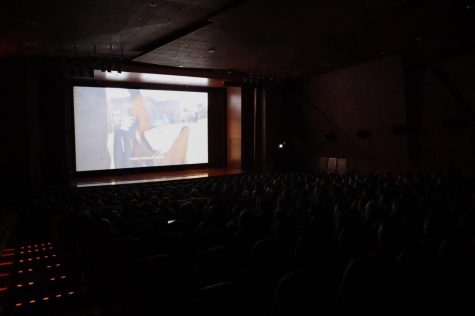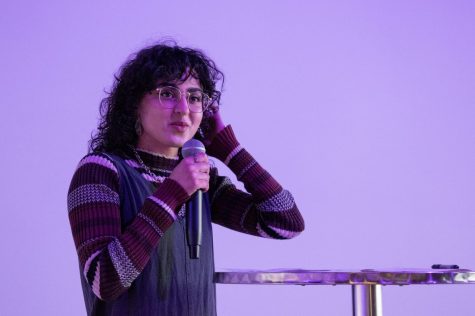Wilderness Act celebrates its 50 birthday with art
October 22, 2014
Celebrating 50 years since the implementation of the Wilderness Act, the Idaho Humanities Council, the Great Old Broads of the Wilderness, and the Latah County Library District presents the “Art Celebrates Wilderness” exhibit at the Third Street Gallery beginning tomorrow.
A reception for the exhibit will be held from 5-7:30 p.m. Friday followed by the Women in Wilderness Panel starting at 6 p.m. at the Moscow City Hall.
The panel following the opening reception will start off a five-part reading and conversation series hosted by the Idaho Humanities Council. The conversations will feature anthropology and history academics and center on predetermined literature. The remaining panels will be held at Moscow City Hall on Oct. 30, Nov. 6, Nov. 13, and Nov. 20. For more information about the signing up for discussions and reading materials contact Moscow Public Library.
Richard Walker, an off-the-grid pilot and photographer, will show several photos in the exhibit. One of his photos, “A Sea of Clouds,” is featured on the exhibit bookmark and flyer.
Walker earned his master’s degree in wilderness from Colorado State University. His thesis was on “Photography as an aid to wilderness resource, inventory, and analysis.”
All of the photos were taken in the Selway-Bitterroot Wilderness in Idaho and Montana, he said, and one photo was taken in October of 1970.
“Photography has been very important to me,” Walker said. “It’s one of the means in which I communicate.”
Walker worked with the U.S. Forest Service for many years, starting as a forest ranger and then working in wilderness planning. As part of the commemoration of the fifth anniversary of the Wilderness Act, Walker said there are many ways the U.S. Forest Service still needs to improve.
“I’m deeply concerned,” he said. “The U.S. Forest Service has not made wilderness a career ladder like they have with timber, fisheries, and silviculture.”
Those areas have their own specialized departments and encourage upper management to obtain master’s degrees, while wilderness is still directed under the recreation department, Walker said. He said there is an absence in many areas for properly qualified and directed district rangers and forest managers.
Tapestry weaver Sarah Swett will display a 4 by 6 tapestry in the exhibit. She said her profession is atypical in modern times because of how time consuming it is, but she is a full-time tapestry weaver.
“I weave stories into cloth,” Swett said.
Swett said the tapestry, titled “Carolyn and Shithead,” tells of her year spent at North Star Ranch in the Selway-Bitterroot Wilderness. Between North Star Ranch and Running Creek Ranch, she said she spent four years in the wilderness.
Swett will also be a part of the Women in Wilderness speaker panel. She said she’s certain the “nature of working places that are supposed to be left alone” will come up.
Swett said Carolyn, the star of the tapestry, has lived 30 years in the wilderness. Carolyn lives on the ranch with her husband, Punk, and her dog about 50 miles away from anything, Swett said.
“I hope people will want to discuss it,” she said. “I don’t have any answers.”
Adam Sowards, associate history professor at UI, will be a panelist in the “Wilderness Framed” session of the speaker series.
“The questions that prompt the discussion have to do with how we as a society have defined wilderness over time,” he said.
Sowards said he hopes to discuss the wilderness and democracy as a paradox.
“Wilderness is open to everyone,” he said, “except when it’s not.”
Since the Wilderness Act 50 years ago, the public has had much more of a say about how we use or don’t use our wilderness areas, Sowards said.










